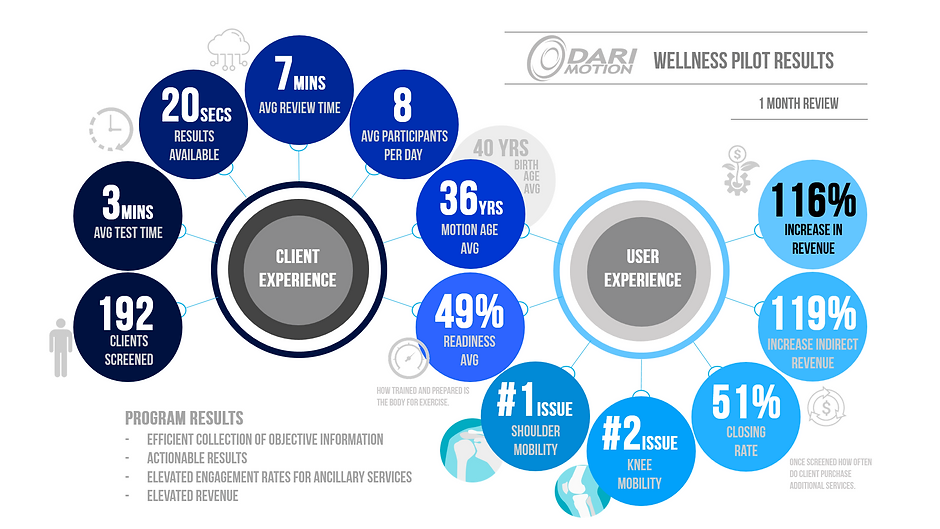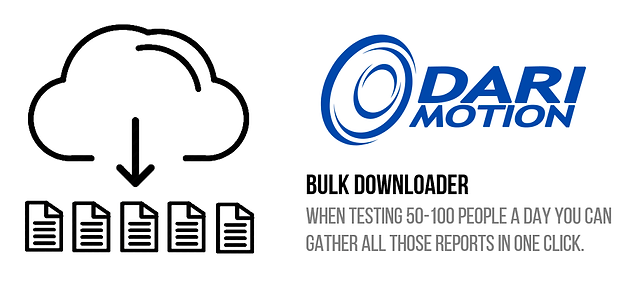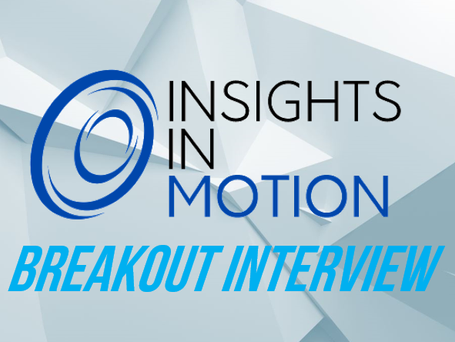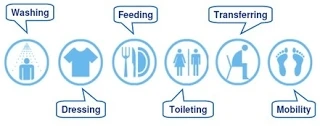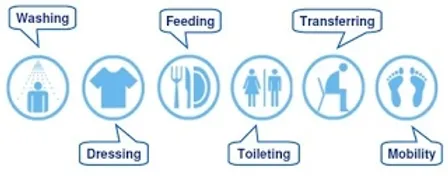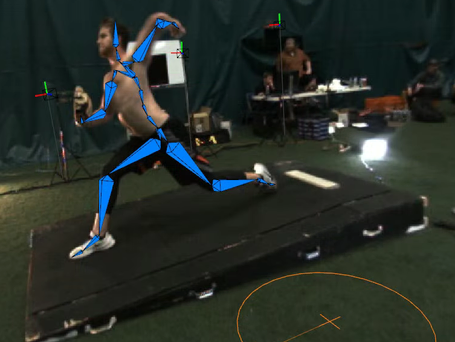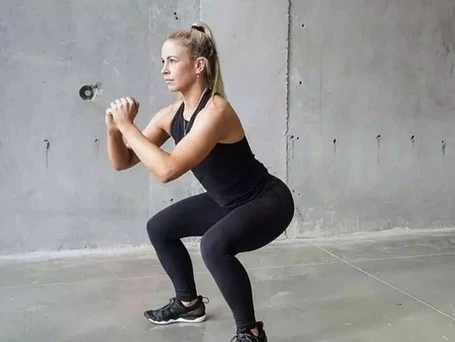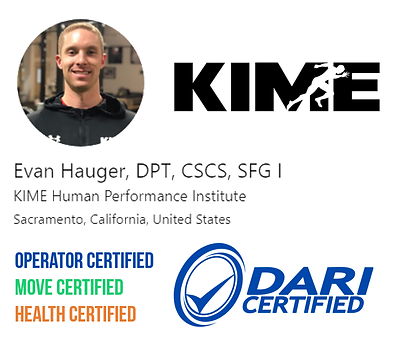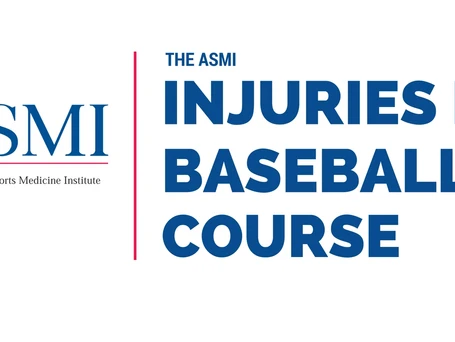In a biomechanical review, reducing data from sets of information to points of information is a complicated process. This reduction makes information more manageable, but if the event is missed or improperly identified decisions during biomechanical review can be off or misleading. DARI data models are built for repeatability and accuracy not just in our overall biometrics, but also directly related to event detection.
In a sport specific settings (for example – baseball pitching) the movement is complex. Naturally, people utilize motion capture data to slow down the pitch motion to help with review, but the next step is picking objective information for a single point in time. This process is known as event detection.
In pitching, one event that most like to use for review is “foot contact” : Sampling data when the lead leg hits the ground after striding towards home plate.
Even though this event is easy to see or understand picking the event out in data can be more complex.
For example, during foot contact we first need to define what it is to have “foot contact”. Does that mean, when the first part of the foot contacts the ground? Only the when the toe or the heel contact the ground? Maybe, when the entire foot is on the ground? This definition creates a data range of acceptable answers. If the range is not cleared known and applied incorrectly during review, the sampled data at that event can be misleading (not wrong…)
This process of event detection is critical during data review. The more repeatable the events, the more repeatable the data reduction biometrics, the more repeatable the overall experience. Repeatable and accurate raw information is not nearly as valuable without the same level of scrutiny at event detection. DARI is a leader in this area!
To find out more about DARI data regarding event detection please feel free to reach out: info@DARImotion.com
